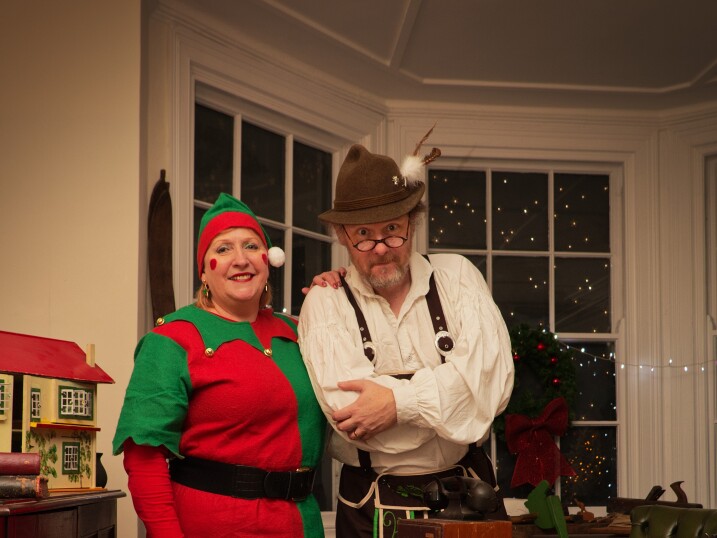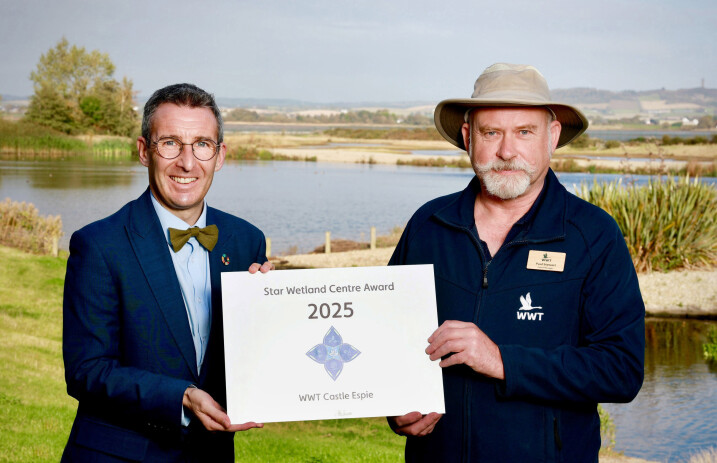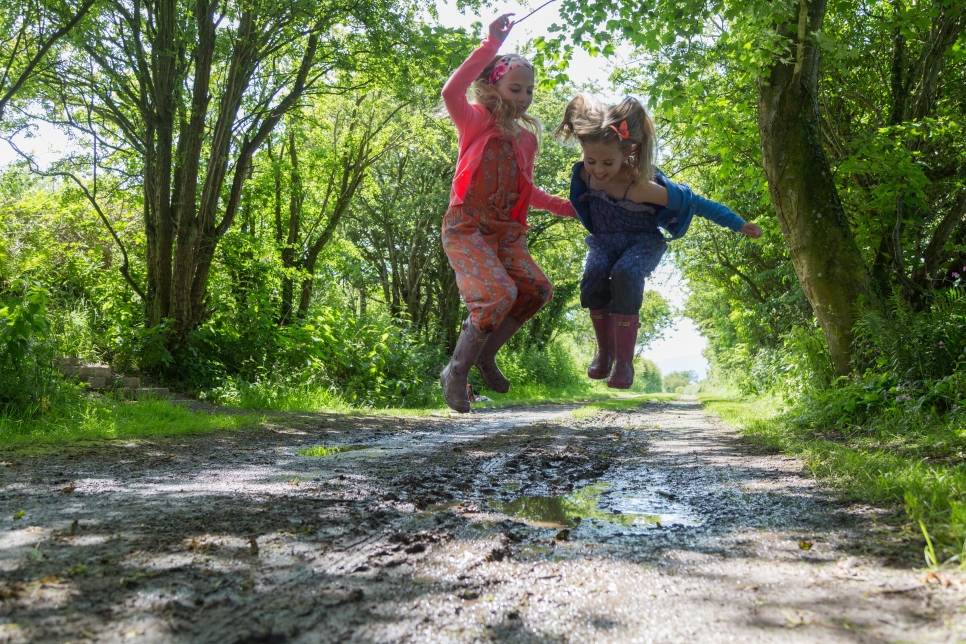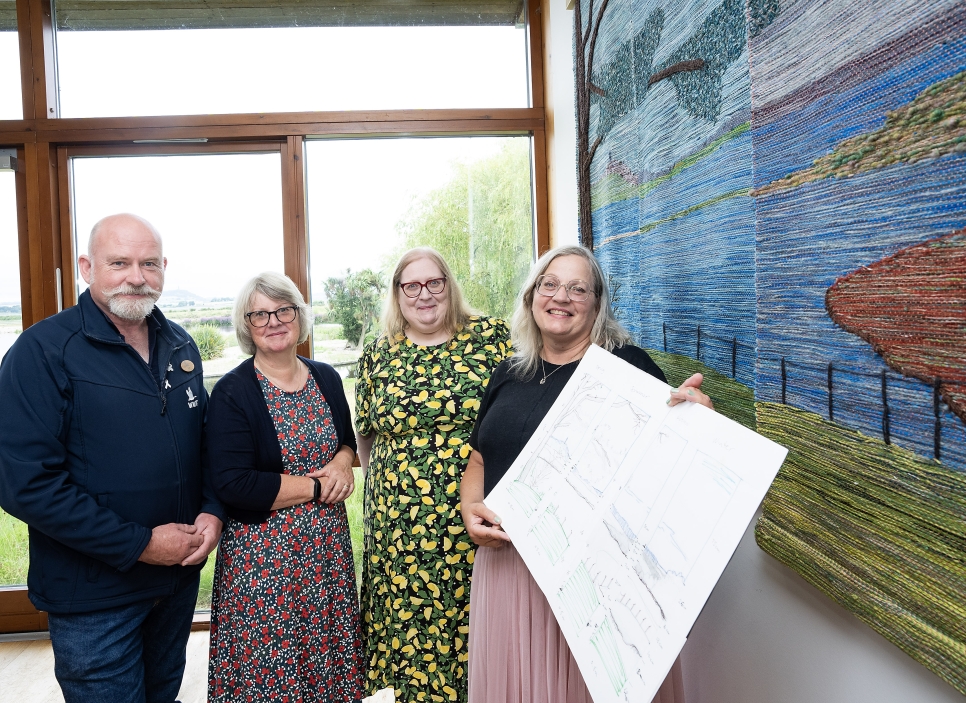A Brilliant Butterfly Year at Castle Espie
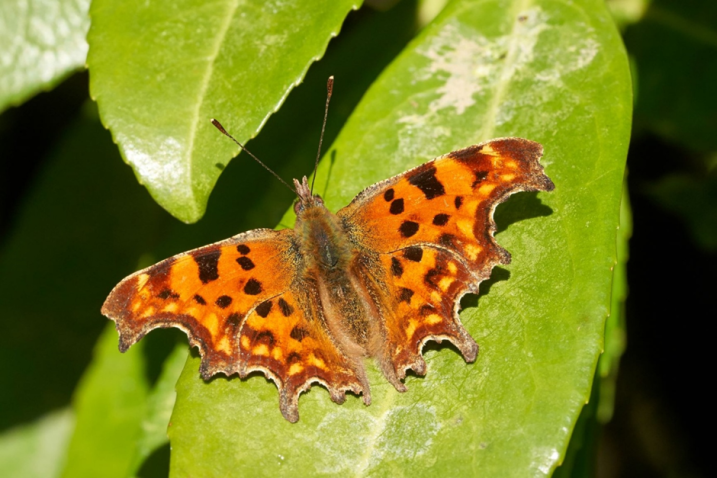
Since 1976 the UK Butterfly Monitoring Scheme (UKBMS) has been helping scientists track changes in butterfly numbers and species across the UK. Through weekly surveys carried out along fixed routes -or transects which help us understand how butterfly populations are doing and how they're distributed across the country.
Here at WWT Castle Espie, we’ve just wrapped up another successful season of butterfly monitoring -and what a year it’s been! Between early April and late September, members of our reserve team and dedicated volunteers completed 25 weekly walks and the results have been really encouraging.
Butterfly numbers were up significantly on 2024. Almost every weekly count recorded higher totals than the same time last year. Our peak count this summer reached an impressive 160 butterflies in a single week, which is more than double last year’s peak of just over 60.
This year's peak came in week 12 of the survey season, a few weeks earlier than last year’s. This shift is likely due to different weather conditions -temperature, sunshine, and wind all play a part in butterfly activity.
We’ve seen notable increases in several species including the Painted Lady, Small Copper, and Peacock, with some of their numbers more than tripling. The ever-reliable Meadow Brown remained the most commonly seen species on the reserve. We were also thrilled to spot a few Comma butterflies (pictured) -a rare sight in Northern Ireland and not recorded at all here last year.
These results are a fantastic sign that Castle Espie’s habitats, particularly our species-rich grasslands are thriving and providing the perfect environment for butterflies to flourish. It’s a testament to the work being done on the reserve and a hopeful indicator for the health of local biodiversity.
Gabriela Armstrong
Reserve Warden
